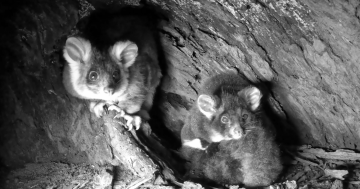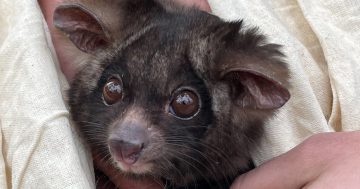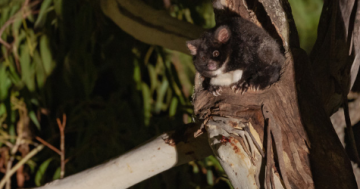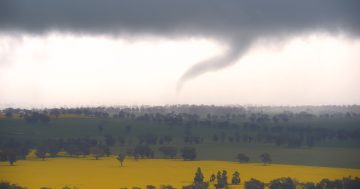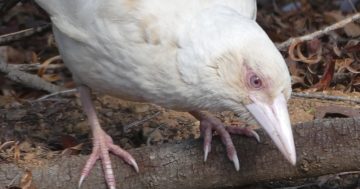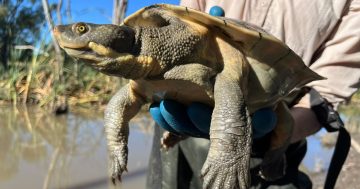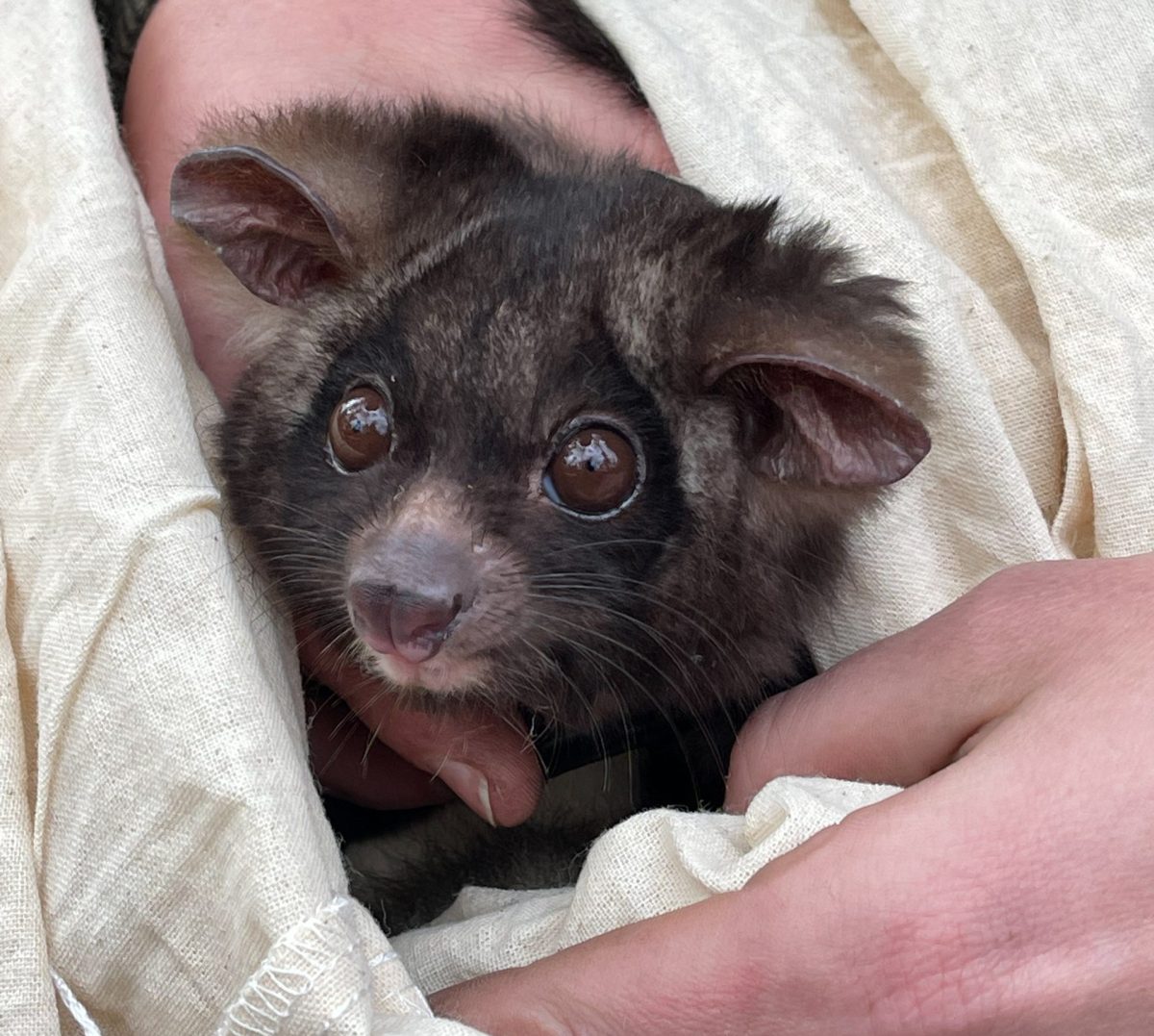
Livestream brings the world of the greater glider a whole lot closer. Photo: WWF-Australia.
An academic has gone to new heights to keep an eye on some furry friends.
Australian National University research fellow Ana Gracanin has set up a livestream so scientists can watch greater gliders in their natural habitat.
“I had to climb 16 metres up to be able to install the camera, but we found this amazing [tree] hollow,” she told Region.
“It’s incredibly huge, it’s really, really nice.”
The livestream started beaming out to the world from a secret location within Tallaganda State Forest, in south-east NSW earlier this year.
“This is the first time we’ve been able to get into their lives, so we’re watching for new information about their behaviour and how they raise their young,” she said.
“Because they’re nocturnal, Australians don’t get to see them – especially when they’re in their hollows.”
While the livestream drops out on occasions due to reception issues, Dr Gracanin and her fellow ecologists are keeping a close eye on the feed.
“It’s super remote, so there’s not much reception. But it’s working well now, which is exciting.
“I have a second computer set up, so while I’m working I’ve got one eye on the main screen and then another on the livestream.
“While I work, I will observe the animals and get to know their personalities a bit better.”
A greater glider’s “day” starts in the evening when many of us are already in bed.
“They wake up and groom each other, groom themselves. They stretch, yawn,” Dr Gracanin said.
“They’re nocturnal – they spend the night foraging in the forest, eating eucalypt leaves.
“In a standard day, they come back and go to bed at around 3 am or 4 am.”
In early October, the scientists also saw a baby greater glider starting to explore the world.
“The baby emerged out of the pouch for the first time and went onto Mum’s back,” she said.
“It was really funny to watch because Mum could feel it [on her]. She had a bit of a shake, which was quite funny.
“It was kind of like a rodeo. She was just bucking her baby on her back.”
Dr Gracanin hopes public audiences realise the livestream is more than memories of cute animals.
“I really love doing applied research, understanding ways we can restore habitats and help with population recovery,” she said.
“On the other side of that, I’m really passionate about science communication and getting people excited and connected with the animals.
“Rather than writing up a paper for my colleagues and publishing it, it seemed like a great opportunity for some science communication and to also raise awareness for this animal.”
She said the project was planned to run until the middle of next year, but funding could extend it.
“It’s really a way for every Australian – and people around the world – to see these animals,” she said.
“The goal is to raise awareness. Most Australians may not know they [greater gliders] are on the verge of extinction and there are factors like climate change and bushfires impacting their population.
“A lot of their habitat is in state forest, and that habitat is being lost through logging.”
The livestream is available via Dr Gracanin’s YouTube page or through WWF-Australia’s website.







